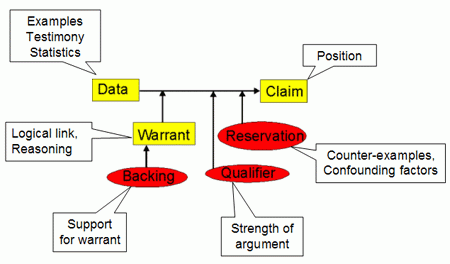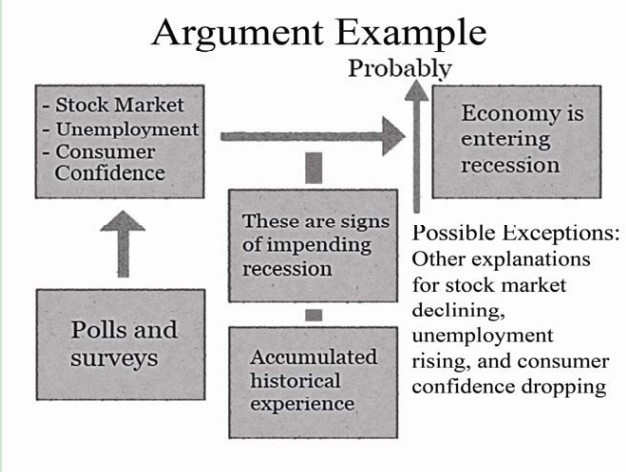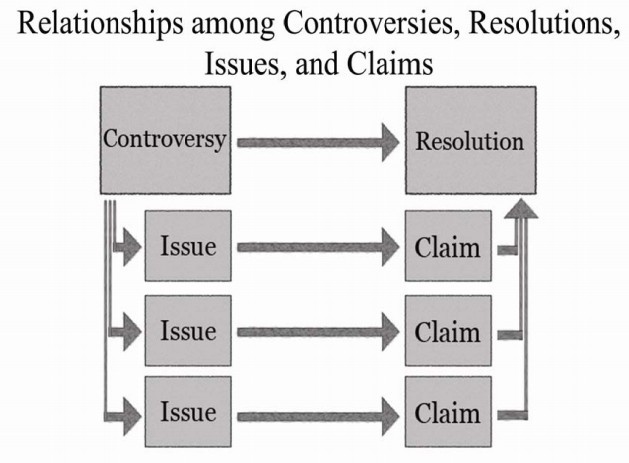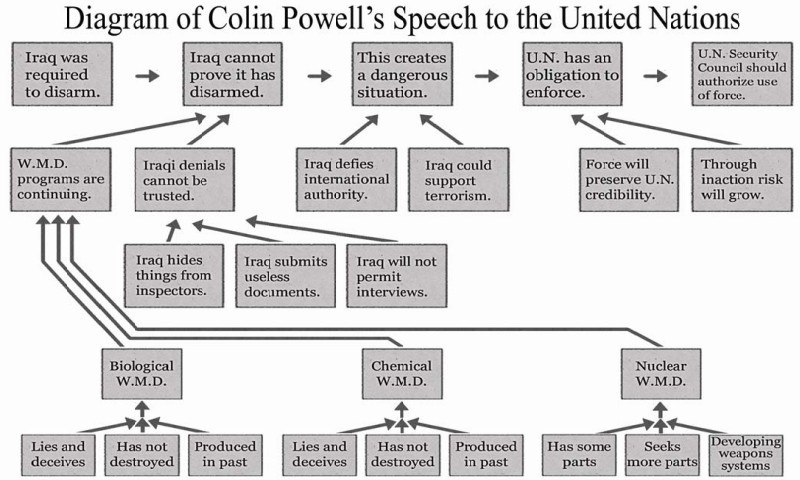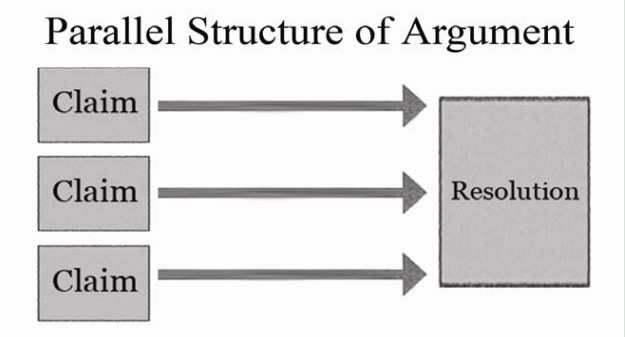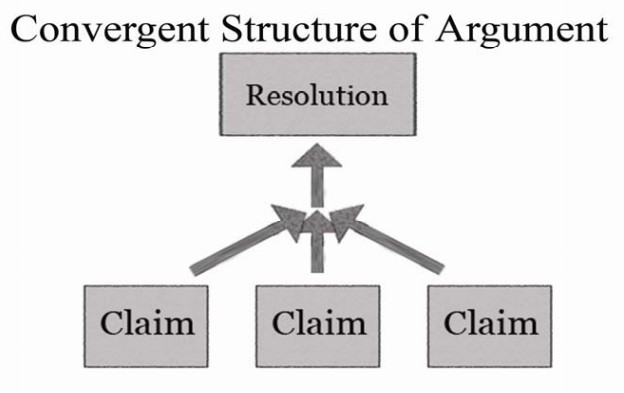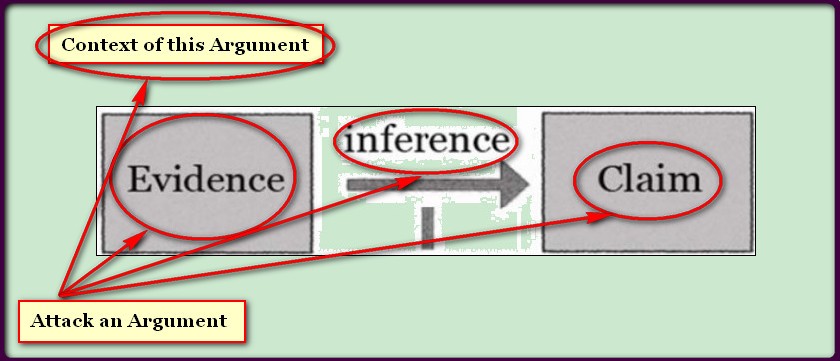博文
Argument Model
|||


source: The craft of research
A Tool for Analyzing an Argument:
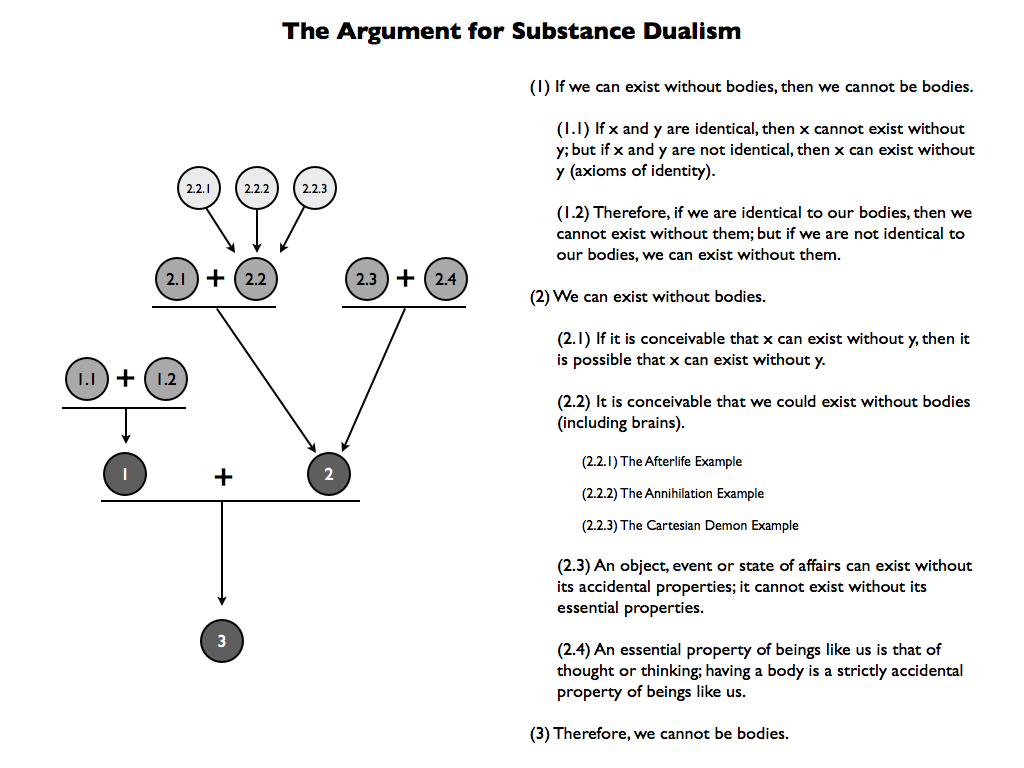
Formal vs Informal reasoning:
Reasoning can be described as the ability to think and to make logical and rational decisions. However, reasoning is not a unidimensional construct. It is important to differentiate between formal and informal reasoning. Formal reasoning involves solving problems whereby all relevant information is specified in advance and where only one suitable response exists. Informal reasoning or everyday reasoning addresses how people think and solve problems in situations where not all premises are stated and where multiple solution paths exist. This distinction is comparable to well- and ill-structured problems.Scientific reasoning is often characterized as the latter.
Toulmin Argument Model:
Classification of Claims:
1 - Claim of Fact – presented as a plain factual statement like “Far more kids are engaged in cheating in school than the teachers think”2
- Claim of Definition – presented to offer a definition or
characterization like “The kid wasn’t cheating; he was just harmlessly
cutting a corner”
3 - Claim of Quality – presented to make a value judgment about something like “Those teachers are incompetent”
4
- Claim of Policy – presented as a suggested course of action like
“They should allow the kids to work together and share ideas like
they’ll have to in the workplace”Inferential Patterns:
Example
Analogy
Sign
Cause
Commonplace
Form
Controversy-Resolution:
Topoi: critical issues
For a claim of fact, there are two topoi;
1) ‘How would we know if the claim is true?’ and
2) ‘Have those conditions been met?’
So going to our example (“Far more kids are engaged in cheating in school than the teachers think”), some issues suggested by those topoi are: How many kids are engaged in cheating? How many kids do the teachers think are cheating? How many more would be “Far More” than teachers think, and are that many more cheating? The degree to which you can answer those questions indicates the strength of your position. NOTE – (this is important) - It is usually NOT PRACTICAL (or even possible) to answer the issues with absolute proof. If it were possible, then there would NOT be a controversy! There are three kinds (and a few subtypes) and we will talk about how you weigh supporting evidence in the coming weeks. For now, just know that there is seldom “incontrovertible evidence” for anything that is controversial in business.
For a claim of definition, there are three topoi;
1) ‘Is the definition relevant?’,
2) ‘Is the definition fair?’, and
3) ‘How do we choose between competing definitions?’
So going to our example (“The kid wasn’t cheating; he was just harmlessly cutting a corner”), some issues suggested by those topoi are: Does it matter if we share a common understanding of what ‘cheating’ is ? Is it important not to cheat in school? Is there a difference between ‘cheating’ and ‘cutting corners’? Would the activity that the kid was engaged in constitute what we consider cheating? How are ‘cheating’ and ‘cutting corners’ different? Can we agree on enough differences between ‘cheating’ and ‘cutting corners’ so that we can differentiate between them? You may see why the topoi are my favorite method – it offers guidance in creating issues. This was always a problem for me when I started out in business. People would say something that didn’t seem quite right, but I never knew what to say to challenge them. Learning the topoi helped me a great deal.
For a claim of quality, there are three topoi;
1) ‘Is the value true?’,
2) ‘Is the value generally relevant or specifically relevant?’, and
3) ‘How do we choose between competing values?’
So going to our example (“Those teachers are incompetent”), some issues suggested by those topoi are: How do we judge if the teachers meet our definition of incompetent? Are they incompetent in all things, some things, or just in some specific thing that may not be relevant to the resolution? If we characterized their incompetence as ‘stupidity’ or ‘laziness’, would we feel that those (competing) values better describe our perception of them?
For a claim of policy, there are four topoi;
1) ‘Is there a problem (reason to change from the current state)?’,
2) ‘What is the problem?’,
3) ‘Does the proposal solve the problem?’, and
4) ‘Is the proposal better than the problem?’
So going to our example (“They should allow the kids to work together and share ideas like they’ll have to in the workplace”), some issues suggested by those topoi are: Is there a problem with kids competing? Is there a problem with kids competing in school differently than they will at work? Is competition the problem? Is there enough collaboration going on so that kids learn both working styles? Does allowing kids to collaborate keep them from cheating? Are there other impacts (expense, curriculum, facilities, teacher training, etc.) that would have to change in order to permit collaboration? Will it be worth it?
Case: a set of claims to support a resolution
Patterns of Case:
For Parallel and Convergent Patterns: Organizational Structures
Chronological
Spatial
Categorical
Cause-effect or Problem-solution
Compare and Contrast
Stasis: the point where two arguments disagree
Attack an Argument:
Defense an Argument:
1.The attack is not applicable to the case
2.The attack is trivial
3.Attack argument is inadequately established
4.Error in attack
5.Acknowledge before being attacked
Arguing to Learn in Science: the Role of Collaborative Critical Discourse
Arguing to Learn in Science The Role of Collaborative, Critical Discourse.PDF
https://blog.sciencenet.cn/blog-411752-391964.html
上一篇:谋贵众,断贵独
下一篇:企业家誓言
